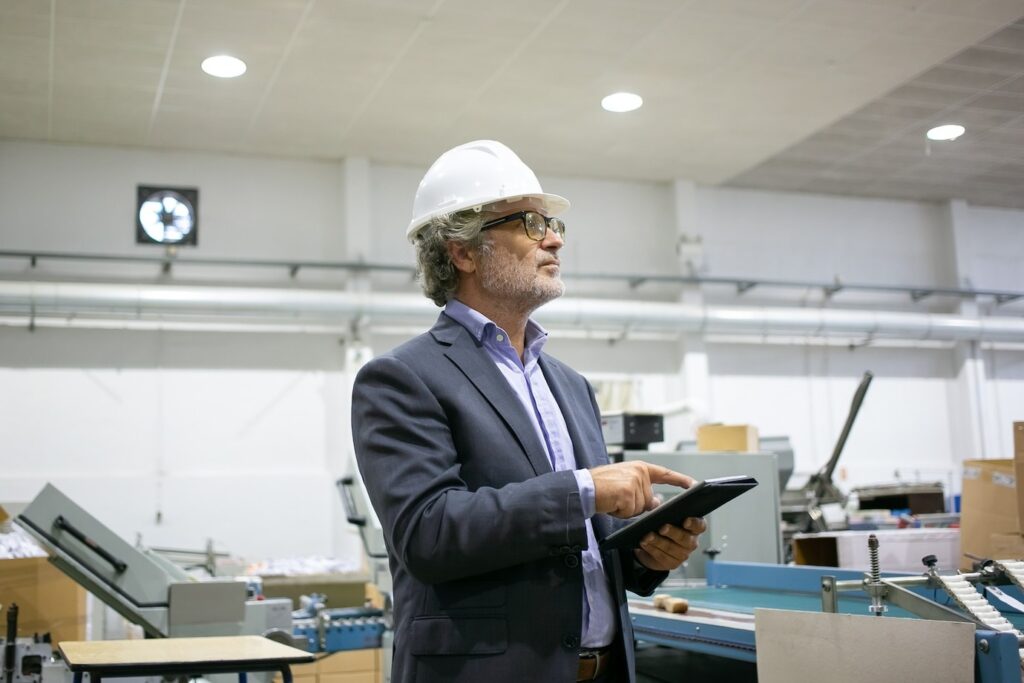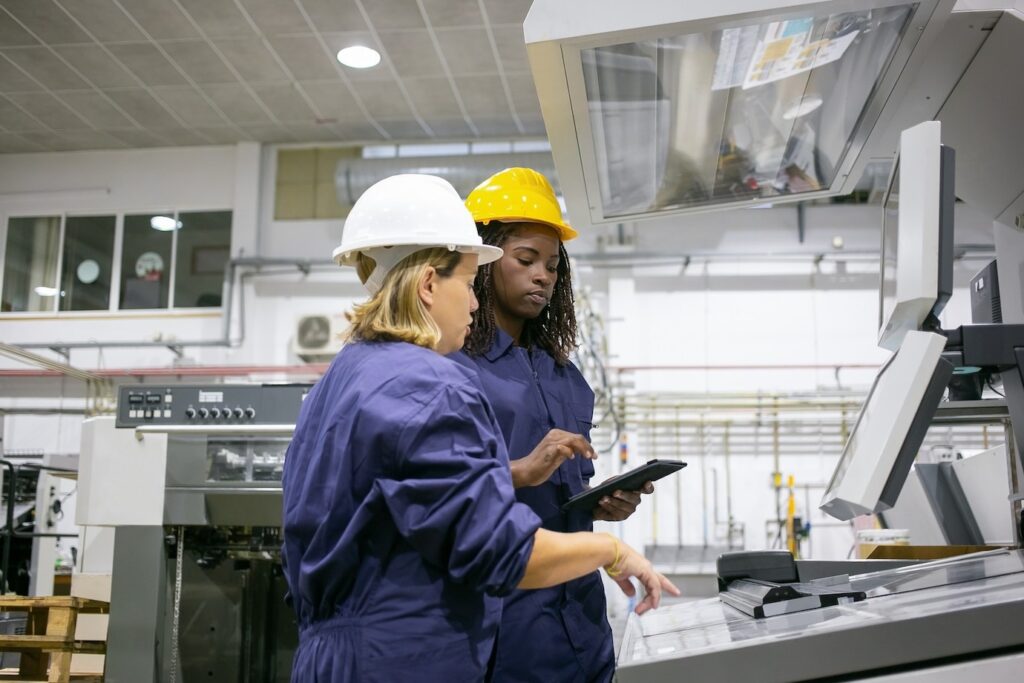
Welcome to the whirlwind world of manufacturing! Picture this: a bustling factory floor, machines humming like a chorus, and products rolling off the line as if by magic.
But, hold on, it’s not magic—it’s automated production planning, the secret sauce to boosting manufacturing efficiency. Let’s dive into what this all means, and why it’s more exciting than binge-watching your favorite TV series.
Table of Contents
The Basics: What is Automated Production Planning?
Before we define manufacturing management software, let’s break down the term ‘automated production planning’ (APP). It sounds like a mouthful, but it’s pretty straightforward.
Imagine having a super-smart robot planner that organizes how, when, and where products are made in a factory. This robot uses software (because even robots need tools!) to make sure everything in the manufacturing process—from the initial order to the final product—is streamlined, efficient, and hiccup-free.
This automated planner takes into account everything: the availability of materials, the capacity of machines, the workload on workers, and even unexpected delays like machine breakdowns or last-minute orders. The goal? To make everything as smooth as peanut butter (unless you prefer crunchy, of course).
Why It’s a Game Changer

Source: freepik.com
Now, you might wonder, “Why bother with automation? Can’t people handle this?” Well, yes and no. Humans are fantastic, but even the best of us can’t process information as fast or as accurately as software can. Automated production planning steps in to handle the immense complexity of modern manufacturing with the grace of a ballet dancer and the precision of a surgeon. Here’s what it does:
- Reduces Waste: Less material wasted means more money saved. It’s like using every single scrap of dough when you’re baking cookies—no waste, just more deliciousness!
- Cuts Down Costs: By optimizing the use of machinery and materials, companies can save a bundle. Think of it as carpooling; more people using one car means spending less on gas.
- Speeds Up Production: Faster production means you can make and sell more in less time. It’s like upgrading from a bicycle to a motorcycle.
- Improves Quality: Consistency is key in manufacturing. Automated planning helps ensure that every product is top-notch, every time. No surprises!
The Tech Behind the Magic
So, what kind of wizardry allows automated production planning to do its thing? It’s all about the software. This software is a blend of data analytics, machine learning, and sometimes even artificial intelligence. It’s like having a crystal ball but backed by data instead of mystic powers.
This software integrates with various systems across the factory to gather real-time data about production processes. It can predict when machines will need maintenance before they break down and adapt to new orders dynamically, reallocating resources in real-time. It’s like playing a video game where you’re always ten steps ahead of your opponent.
Real-World Superheroes: Case Studies

Source: freepik.com
Let’s take a look at some real-world examples to see how automated production planning truly shines:
- Automotive Excellence: In the car manufacturing world, where every second and every penny counts, automated planning helps streamline production lines, reduce inventory costs, and ensure that the latest model rolls off the assembly line right on schedule.
- Fashion on Demand: In fashion, trends can change faster than a chameleon changes colors. Apparel manufacturers use automated systems to quickly adapt production processes, reduce overstock, and respond to fashion trends as they happen.
Challenges and Solutions
It’s not all smooth sailing, though. Implementing automated production planning can be like learning to ride a bike—there are bumps and learning curves:
- High Initial Investment: The cost of software and training can be steep. But think of it as an investment, like buying a high-quality tool that lasts a lifetime.
- Resistance to Change: Sometimes, workers and managers are skeptical about new technologies. The key is education and gradual integration, showing them how APP can make their lives easier, not harder.







